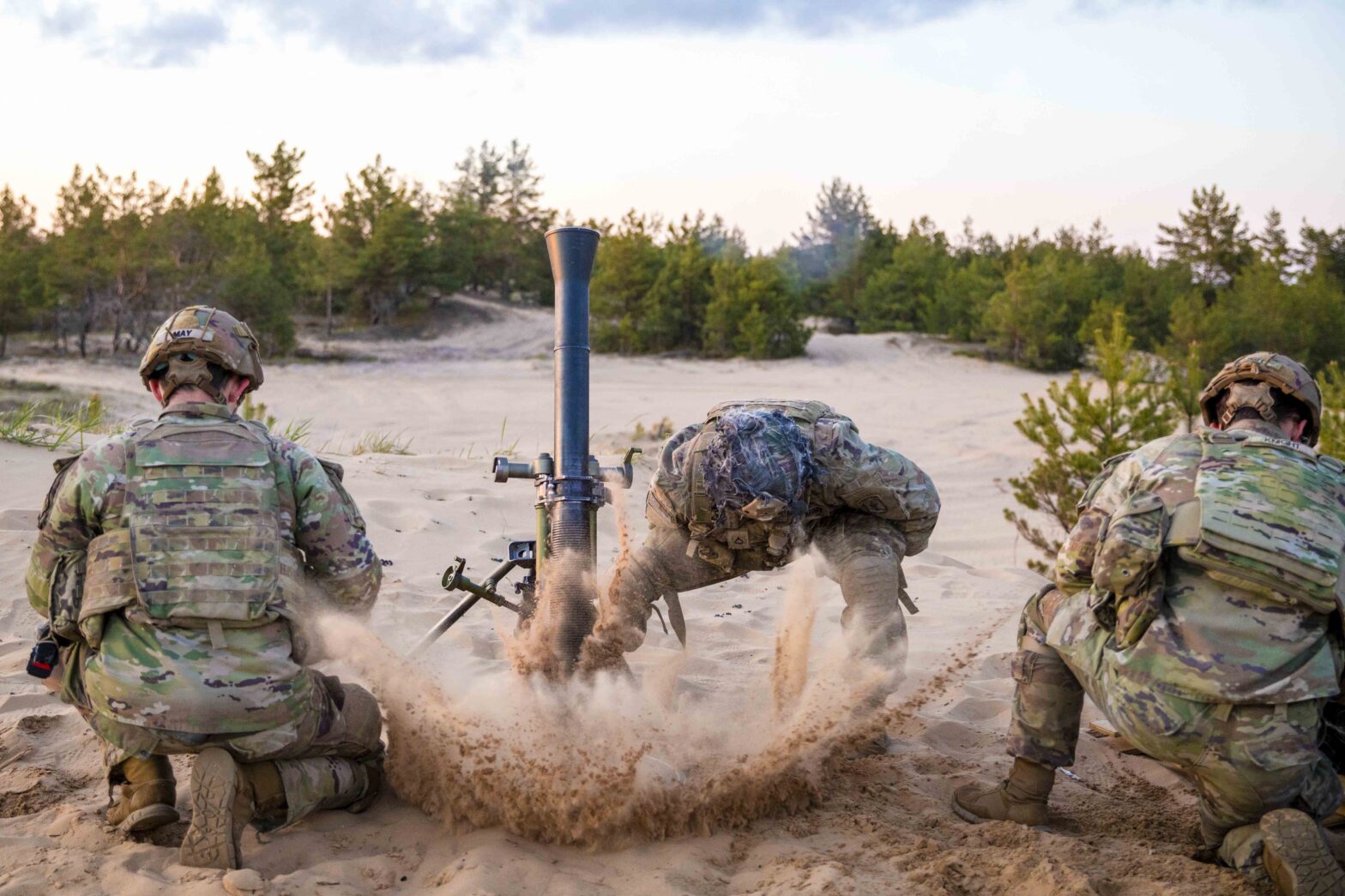A study done on U.S. Army Ranger mortarmen found that in 3 days of firing 81 and 120 mm mortar systems, the Rangers experienced cumulative blast impulses ranging from 115 psi-ms to 1,033 psi-ms. [1]
A cumulative impulse greater than 25 psi-ms in 24 hours has been associated with slower reactions times. [2]
These exposures also resulted in increased reports of headaches, ringing in the ears, forgetfulness, taking longer to think, sleep disturbances, and irritability. [1]
Though strides have been made to limit cumulative exposures to low-level blasts (LLB), mortarmen must be ready for war, and that involves firing mortars.
One strategy to address this complex issue is to incorporate pro-active training in the areas vulnerable to repeated LLB, particularly after necessary exposures.
Human performance specialists in the areas of emotion, cognition, sensorimotor function, nutrition, and sleep can all play a crucial role in ensuring mortarmen continue to maintain a high level of readiness and lethality.
This pro-active approach after LLB exposures could also have a significant impact on longevity of service as well as long-term quality of life.
References:
- Woodall, J. L., Sak, J. A., Cowdrick, K. R., Bove Muñoz, B. M., McElrath, J. H., Trimpe, G. R., … & Hutchinson, C. R. (2023). Repetitive low-level blast exposure and neurocognitive effects in army ranger mortarmen. Military Medicine, 188(3-4), e771-e779.
- LaValle, C. R., Carr, W. S., Egnoto, M. J., Misistia, A. C., Salib, J. E., Ramos, A. N., & Kamimori, G. H. (2019). Neurocognitive performance deficits related to immediate and acute blast overpressure exposure. Frontiers in neurology, 10, 949.
